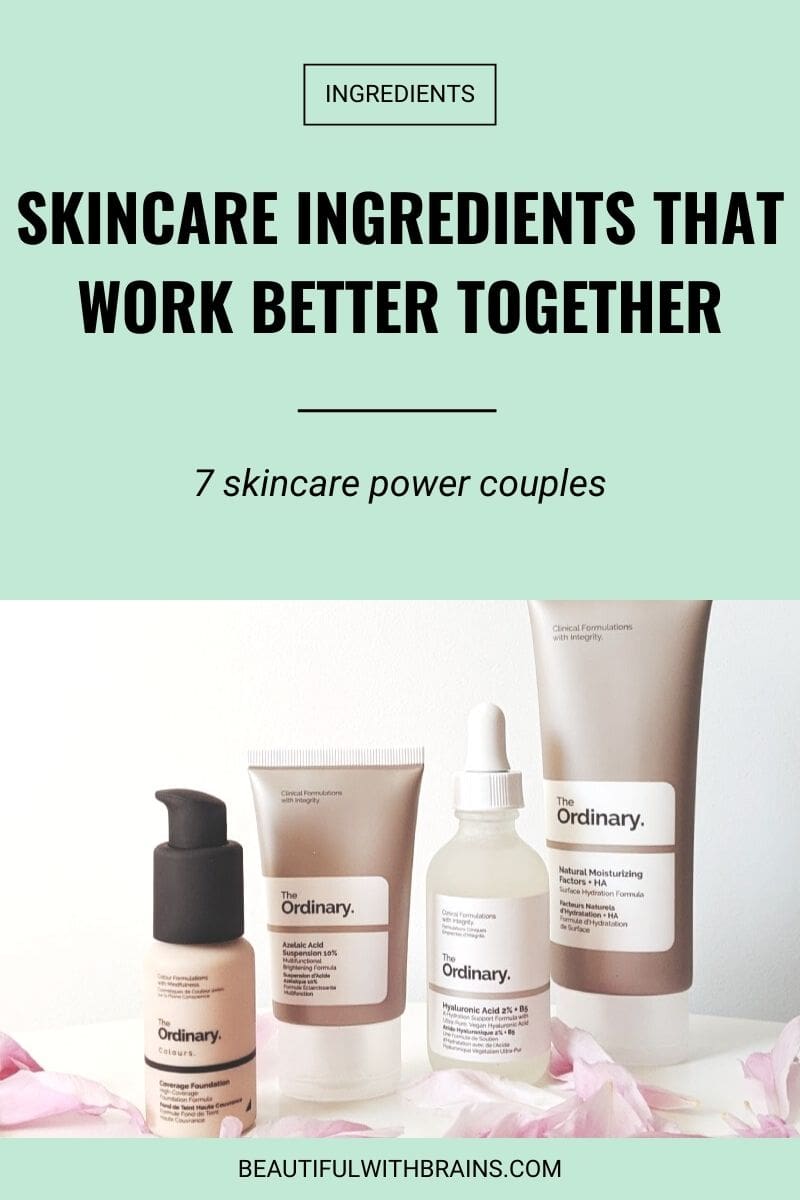
Did you know that most skincare ingredients are team players?
Sure, there are ingredients that don’t get along well (using retinol + vitamin C together can irritate your skin), but those are exceptions.
The best ingredients help each other out in the fight against wrinkles, dark spots, and acne. Use them together and you’ll see results much faster.
Who are these superheroes? Here are 7 combinations of skincare ingredients that work better together:
- Best For Preventing Premature Aging: Vitamin C + Vitamin E + Ferulic Acid
- Best For Acne: Salicylic Acid + Niacinamide
- Best For Moisturising Skin: Ceramides + Fatty Acids + Cholesterol
- Best For Anti-Aging: Retinol + Niacinamide
- Best For Fading Dark Spots: Retinol + AHAs
- Best For Sun Protection (Part 1): Sunscreen + Antioxidants
- Best For Sun Protection (Part 2): Zinc Oxide + Iron Oxide
- The Bottom Line
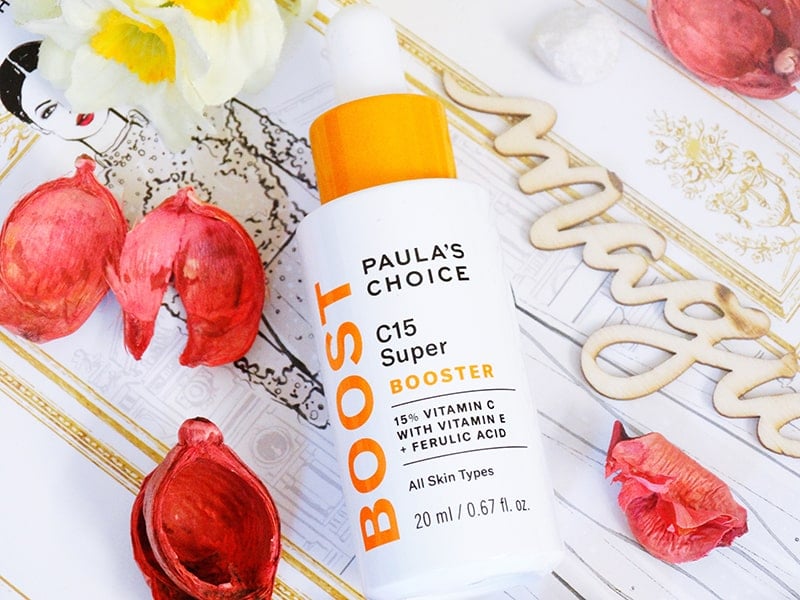
Best For Preventing Premature Aging: Vitamin C + Vitamin E + Ferulic Acid
Vitamin C is one of the most powerful antioxidants in skincare:
- It’s essential for the production of collagen, the protein that keeps skin firm
- It fights off free radicals before they have a chance to give you wrinkles
- It brightens the complexion and helps fade away dark spots
- It boosts sun protection (but it’s NOT a substitute for sunscreen!)
It does all this even better when paired with its fellow antioxidants Vitamin E and ferulic acid (an antioxidant on steroids that fights 3 types of free radicals!).
A study conducted by Duke University has found that “its [ferulic acid] incorporation into a topical solution of 15%l-ascorbic acid (Vitamin C) and 1%alpha-tocopherol (Vitamin E) improved chemical stability of the vitamins (C+E) and doubled photoprotection to solar-simulated irradiation of skin from 4-fold to approximately 8-fold as measured by both erythema and sunburn cell formation. This combination of pure natural low molecular weight antioxidants provides meaningful synergistic protection against oxidative stress in skin and should be useful for protection against photoaging and skin cancer.”
Translation: Used together, they fight off premature wrinkles and boost the protection of your sunscreen better than they would on their own.
Best Picks:
- MaeLove The Glow Maker ($27.95): Available at MaeLove
- Paula’s Choice C15 Booster ($49.00): Available at Cult Beauty, Dermstore, Net-A-Porter, and Paula’s Choice
- Skinceuticals CE Ferulic ($166.00): Available at Dermstore and Look Fantastic
Related: Can You Use A Vitamin C Serum If You Have Sensitive Skin?
Struggling to put together a skincare routine that minimises wrinkles, prevents premature aging, and gives your complexion a youthful glow? Download your FREE “Best Anti-Aging Skincare Routine” to get started (it features product recommendations + right application order):
Best For Acne: Salicylic Acid + Niacinamide
Salicylic acid is a must for acne-prone skin:
- It exfoliates: It removes dead cells from the surface of your skin, so they don’t fall into your pores and clog them up.
- It unclogs pores: It penetrates into your pores to remove excess oil and other debris that’s stuck there. This removes blackheads, treats pimples, and shrinks your pores.
- It has anti-inflammatory properties: It reduces the redness and irritation that always comes along with acne.
Niacinamide has similar properties. While it doesn’t exfoliate, it does soothe redness and irritation. Plus, it reduces the production of sebum and pore size, improving the overall texture of your skin.
Using them together targets acne on multiple fronts, makes your pores smaller, and reduces inflammation (guess what acne is? An inflammatory disease).
Best Picks:
- FaceTheory Porebright Serum N10 (£14.99): It has both salicylic acid and niacinamide. Available at FaceTheory
- Paula’s Choice Clear Regular Strength 2% BHA Exfoliant ($29.50): Salicylic acid only. Available at Cult Beauty, Dermstore, and Paula’s Choice
- The Ordinary Niacinamide 10% + Zinc 1% ($5.90): Niacinamide only. Available at Beauty Bay, Cult Beauty, and Ulta
Related: Adult Acne: Why It Happens And How To Treat It
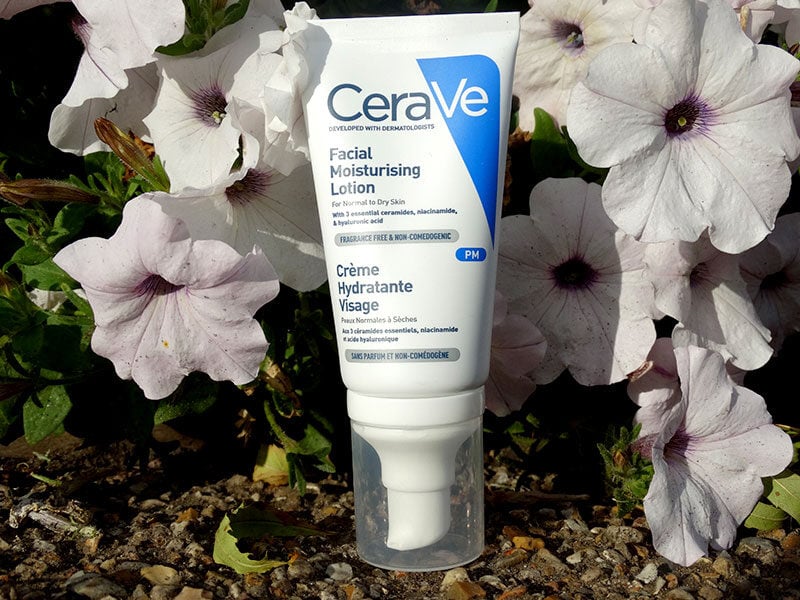
Best For Moisturising Skin: Ceramides + Fatty Acids + Cholesterol
Did you know your skin has a protective barrier that keeps moisture in and germs out? When this protective barrier is healthy and intact, your skin has all the moisture it needs. It looks soft. Supple. Plump.
This barrier is made up of about 40-50% ceramides, 25% cholesterol, and 10-15% fatty acids. When your skin doesn’t have enough of them, all hell breaks loose. Cue dryness. Irritation. Redness.
Studies show that applying ALL 3 ingredients to skin improves hydration levels within 30 minutes! Way faster than if you were to use a cream with only one of two ingredients (that can actually delay healing!).
The catch? Ratio matters too. For maximum hydration, you need 3:1:1 (ceramides: cholesterol: free fatty acids).
Best Picks:
- CeraVe Daily Moisturising Lotion ($12.99): Available at Asos, Dermstore, Look Fantastic and Ulta
- Skinceuticals Triple Lipid Restore 2:4:2 ($130.00): Available at Dermstore
Related: Are Ceramides The Key To Healthy Skin?
Best For Anti-Aging: Retinol + Niacinamide
Like all forms of Vitamin A, retinol is an anti-aging superstar that fights winkles and dark spots on multiple fronts:
- It speeds up cellular turnover (i.e., the skin’s natural exfoliating process) to fade away dark spots and treat acne
- It boosts the production of collagen, the protein that keeps skin firm
- It fights free radicals, the nasty molecules that give you wrinkles.
The catch? Retinol is irritating. When you first start using it, it’s not uncommon to experience dryness, irritation, and flakiness. Ugh.
Enter Niacinamide. This form of Vitamin B3 has hydrating and soothing properties that counteract the drying and irritating effects of retinol. How?
Retinol disrupts the skin’s protective barrier. Niacinamide increases the levels of ceramides, free fatty acids, and cholesterol (the building blocks of this barrier) to patch up any holes in it and nurse it back to health.
Studies show that using Niacinamide before Retinoic Acid (a prescription form of Vitamin A) helps skin better tolerate it. Retinoic Acid is way stronger than retinol, so if it works with that, it’ll work with retinol too.
Best Picks:
- CeraVe Resurfacing Retinol Serum ($19.99): Available at Target and Ulta
- Murad Retinol Youth Renewal Night Cream ($82.00): Available at Cult Beauty, Dermstore, Feel Unique, SpaceNK, and Ulta
- Paula’s Choice Resist Intensive Repair Cream ($33.00): Available at Cult Beauty, Dermstore, Feel Unique, and Paula’s Choice
Related: The Complete Guide To Retinol: What It Is, What It Does, And How To Use It
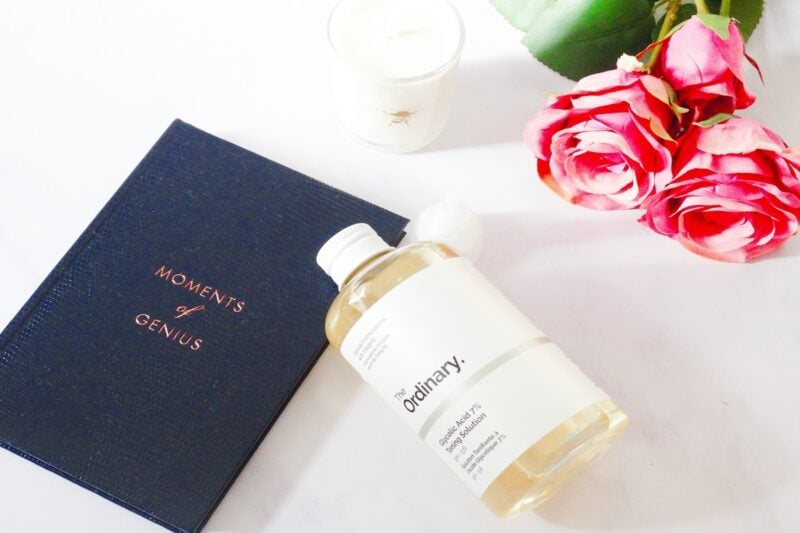
Best For Fading Dark Spots: Retinol + AHAs
Remember when I told you retinol speeds up cellular turnover?
That’s a fancy way of saying it removes the oldest, darkest dead cells on the surface of your skin and replaces them with newer, lighter cells. Do this enough time and those dreaded dark spots slowly go back to their beautiful natural colour.
AHAs do something similar. They’re a family of exfoliants (Glycolic Acid is its most famous member) that dissolve the “glue” that holds skin cells together. As the damaged cells fall off your skin, they reveal the newer, more even-toned ones, that were hiding underneath.
Use retinol and AHAs together and you exfoliate skin at a faster rhythm than it would on its own. That means dark spots fade away more quickly. But, there’s a price to pay.
This combination is often too irritating for most people. Both ingredients can cause dryness, redness, and irritation when used alone. Imagine how harsh they can be when used together.
I personally recommend you use retinol and AHAs on alternate nights, so you can get the best of both worlds without irritating your skin too much. But, if you have resistant skin that built tolerance to them over the years, you may get away with using them in the same serum or moisturiser.
Best Picks:
- EmergingC Triple-Threat Peel ($89.00): Available at Dermstore
- Kate Somerville KateCeuticals Resurfacing Overnight Peel ($88.00): Available at Cult Beauty, Dermstore, Nordstrom, SpaceNK, and Ulta
- Paula’s Choice 1% Retinol Booster ($52.00): Retinol only. Available at Dermstore, Feel Unique and Paula’s Choice
- The Ordinary Glycolic Acid 7% Toning Solution (£6.80): Glycolic acid only. Available at Beauty Bay, Cult Beauty and Feel Unique
Related: The Battle Of The Skin-Lighteners: What Are The Best Alternatives To Hydroquinone?
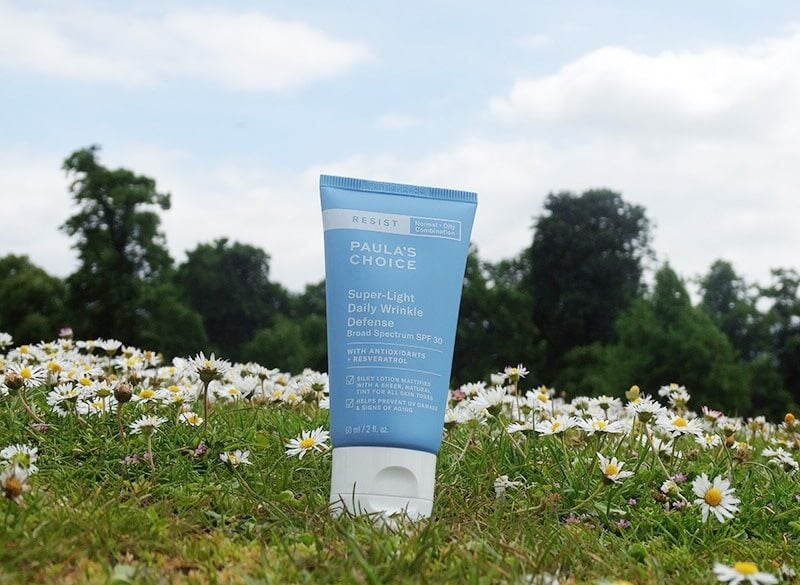
Best For Sun Protection (Part 1): Sunscreen + Antioxidants
Sunscreen is the MOST important anti-aging product in your skincare arsenal. UV rays are responsible for up to 90% of premature aging. You can use retinoids, peptides, and all that jazz, but if you skip sunscreen, they won’t be able to repair the damage fast enough.
It works like this. When UV rays hit your skin, they generates free radicals. Free radicals are nasty molecules that damage collagen and elastin (the protein that keep your skin firm and elastic), cellular DNA, and anything they find on their path. Cue wrinkles, sagging, and dark spots.
Sunscreen works by absorbing UV radiation and transforming it into a less powerful form of energy (heat), stopping the production of too many free radicals. But, it can’t stop them all.
That’s where antioxidants come in. Vitamin C, Vitamin E, ferulic acid, green tea & co patrol your body looking for free radicals that made it past your sunscreen. When they find one, they neutralise it before it can wreak its damage.
This is why I recommend layering an antioxidant serum under your sunscreen to boost its sun protection. Bonus points if your sunscreen contains antioxidants too (your skin can’t get enough of them!).
Best Picks:
- Derma E All Sport Performance Face Sunscreen SPF 30 ($13.95): Available at Ulta
- Paula’s Choice Resist Super-Light Wrinkle Defense SPF 30 ($33.00): Available at Cult Beauty, Dermstore, Nordstrom, and Paula’s Choice
- Replenix Antioxidant Hydrating Sunscreen SPF 50+ ($45.00): Available at Dermstore
Related: How To Reapply Sunscreen Without Ruining Your Makeup
Best For Sun Protection (Part 2): Zinc Oxide + Iron Oxide
Zinc Oxide is one of my fave UV filters. It’s true it’s thick and can leave a white cast behind, BUT it provides excellent broad spectrum protection on its own – without irritating skin.
Iron Oxide is not an approved UV filter. But you’ll still find it in mineral sunscreens (i.e. those with zinc oxide) to reduce the white cast.
That’s not why this combo is on this list, by the way. Iron Oxide has another, more important, job. It increases the sun protection offered by zinc oxide by absorbing visible light.
FYI, sunlight isn’t made up only of UV rays. Part of it is visible light. Like UV rays, visible light can cause free radicals that speed up premature aging (according to one study, 67% of free radicals are caused by UV rays and 33% by visible light).
Visible light also increases the production of melanin, the pigment that gives skin its colour. When your skin produces too much, you end up with dark spots.
Translation: dark spots fade away faster when you use a sunscreen that can protect you from both ultraviolet radiation and visible light. If you have any type of hyperpigmentation, this combo is a must for you.
Best Picks:
- MDSolarSciences Mineral Creme SPF 50 ($32.00): Available at Dermstore
- Murad City Skin Age Defense Broad Spectrum SF 50 PA+++ ($68.00): Available at Cult Beauty, Dermstore, Look Fantastic, SpaceNK, and Ulta
- Supergoop! Smooth & Poreless 100% Mineral Matte Sunscreen SPF 40 ($38.00): Available at Blue Mercury, Dermstore, and Revolve
Related: 5 Common Myths About Mineral Sunscreens You Need To Stop Believing Right Now
The Bottom Line
If you want to make the most of your skincare routine and get results faster, check out the above ingredient combinations. Just be careful not to go overboard with retinol and glycolic acid – that can easily backfire!

